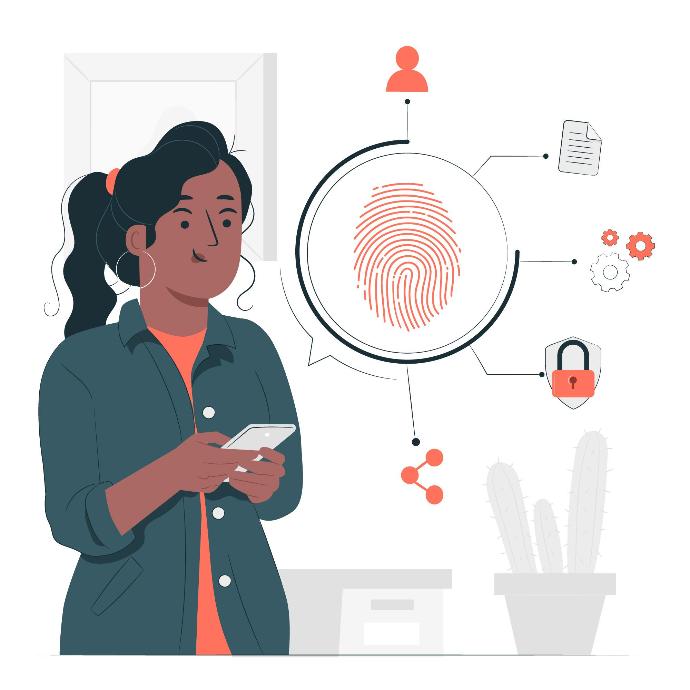What is a Fingerprint System?
Fingerprint systems are a secure biometric authentication method and are in common use for identity verification purposes. Learn more about how this technology works here!

What is it?
A fingerprint system is a type of biometric authentication technology that uses an individual’s unique fingerprints as the basis for recognizing them. A fingerprint scanner will capture images of your fingerprints, which are then compared against existing records on file in order to verify someone's identity. This process also prevents people from stealing and using someone else's identity, as each person's prints are unique.
Fingerprint systems are becoming increasingly popular, as they are often one of the most secure biometric technologies available. They can be used for a variety of different applications such as unlocking phones, logging into computers, granting access to restricted areas, and making payments. Fingerprint systems provide an extra layer of security when it comes to protecting important information or verifying someone’s identity. This ensures that only authorized individuals are granted access and that no confidential data is shared with unauthorized persons.
How Does It Work?
A fingerprint system works by capturing a digital image of your fingerprints. This image is then used to create a mathematical model which is compared against existing records in a database. The result is a unique biometric signature that can be used for verification or identification of an individual. The accuracy of the system depends on its ability to accurately read the thousands of minutiae points that make up each person's prints, and therefore false-positive results are extremely rare.
A fingerprint system may also capture other biometrics such as face recognition, retinal scans, and voiceprints. These additional identifiers can further authenticate an individual’s identity when combined with a fingerprint system. Fingerprint systems are widely used in security access control, identification systems, and government applications. This technology is reliable, efficient, and increasingly becoming more cost-effective. With the help of advances in computer sciences and artificial intelligence algorithms, fingerprint systems have become a great tool for businesses to capitalize on their need for efficient authentication protocols.
What Are the Benefits of Using a Fingerprint System?
Fingerprint systems provide a secure form of identification and can be used in place of traditional methods such as passwords, ID cards, and pins. They also provide an extra layer of security by using biometric data which cannot easily be replaced or stolen. Fingerprint systems are also more convenient than traditional authentication methods, allowing for a faster and easier verification process. Additionally, the use of fingerprint systems has been shown to reduce costs associated with computer security.
Using a fingerprint system also comes with it enhanced levels of accuracy and consistency, as each individual's fingerprints are unique and difficult to replicate or forge. Furthermore, fingerprint systems are quick and easy to install, and their simple setup process makes them suitable for organizations of any size. With their user-friendly interface, different users can have their own levels of access privileges so that certain areas are only accessible by certain personnel. Moreover, this type of biometric security can be used in both online and physical settings, making it highly versatile across different types of businesses
How Accurate Are Fingerprint Scanners?
Fingerprint scanners are very accurate and reliable, making them an ideal choice for identity verification. Most scanners have a match rate of up to 99% accuracy. This means that out of every 100 attempts, the scanner should accurately detect the correct fingerprint at least 99 times. The high accuracy rate is due to the fact that no two people’s fingerprints are exactly alike, making it difficult for someone to replicate or forge another’s identity. Additionally, with newer technologies such as 3D imaging and capacitive sensors, fingerprint scanners can now even read deeper parts of one’s finger for more accurate readings.